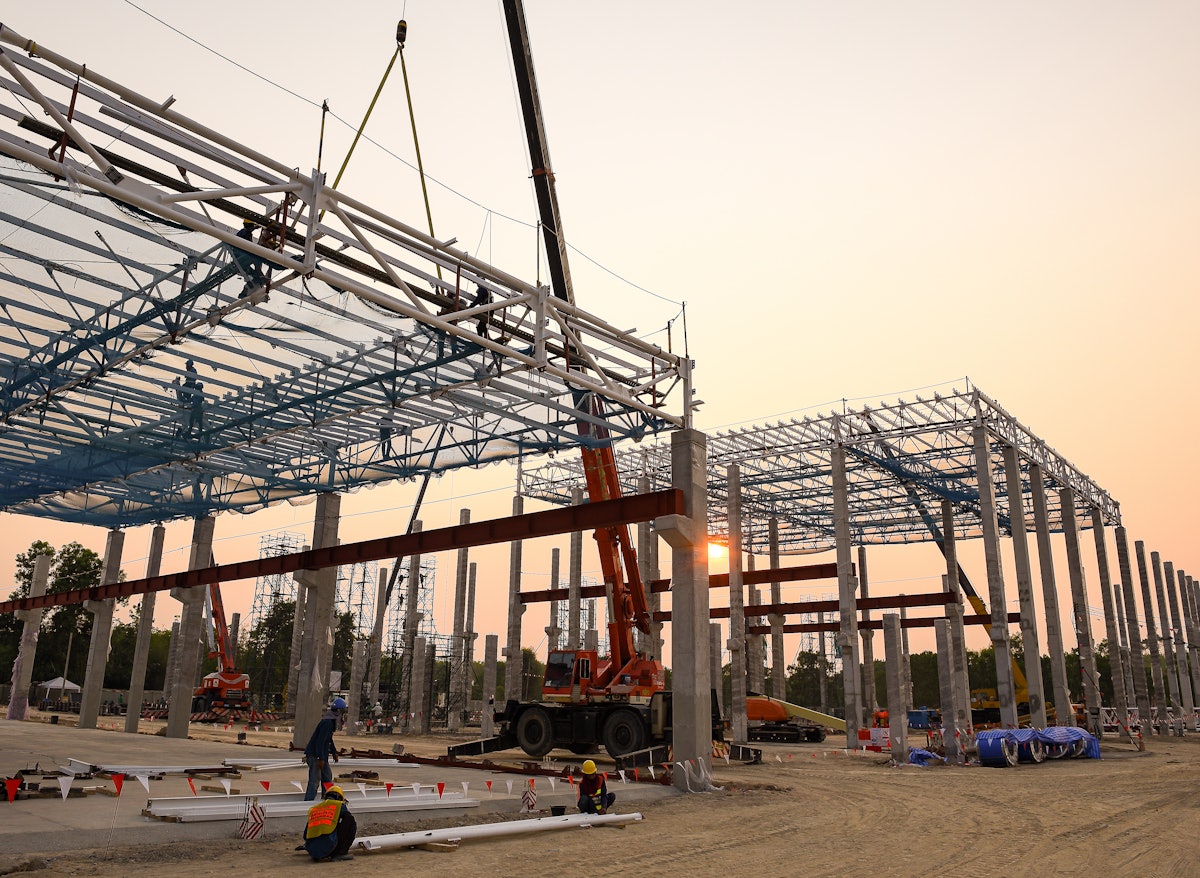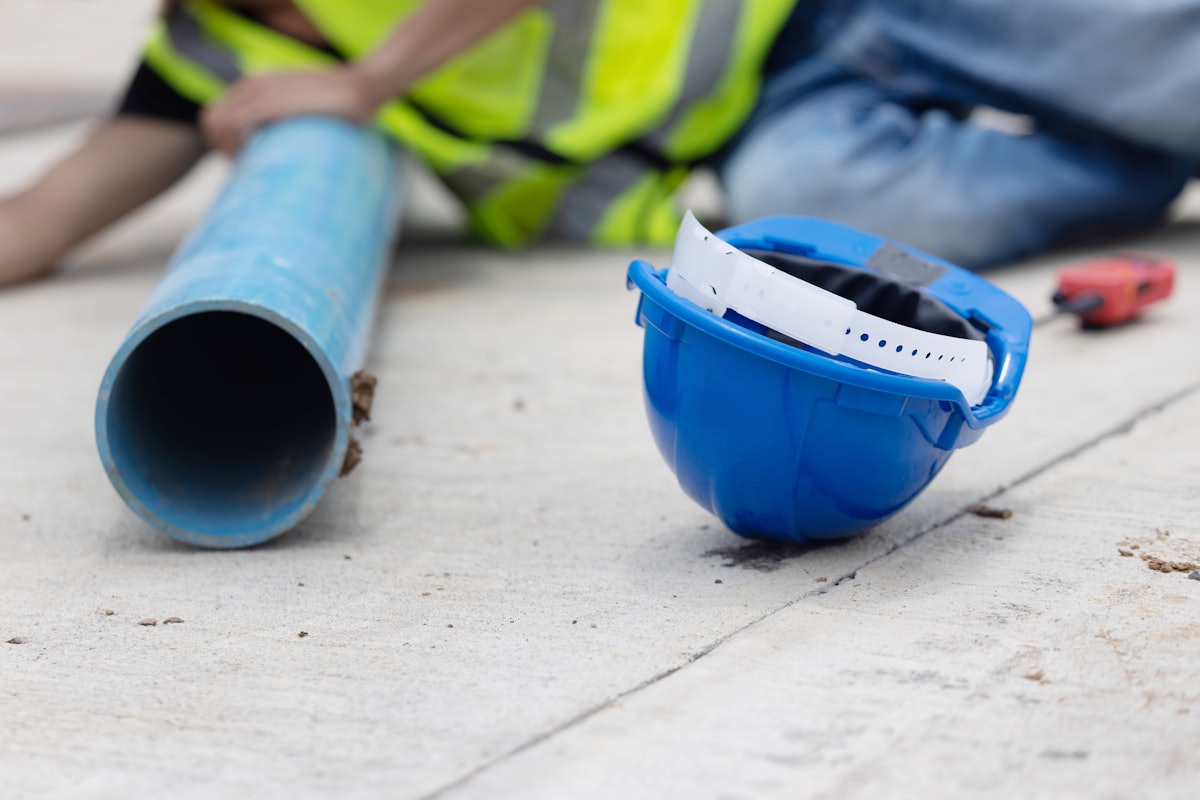Category: Insurance & Leasing
-

2026 Construction Industry Outlook: Flat Spending, Rising Costs and a Shift Toward Smarter, Longer-Lasting Infrastructure
The construction industry is heading into 2026 with a mix of stubborn challenges and new opportunities. ForConstructionPros.com has received reports from multiple companies pointing to an industry that will confront tight labor conditions, rising material costs and uneven regional demand, even as investment grows in smarter systems, digital tools and long-term resilience. Despite ongoing economic…
-

Prefab Pitfalls: Five Ways Contractors Lose Money and How to Fix Them
Prefabrication has become the industry’s favorite buzzword. Every conference presentation, every proposal, every kickoff meeting includes it. Prefab will shorten your schedule. Prefab will reduce waste. Prefab will solve your labor problems. It all sounds great, and when done right, it works. Many of the top contractors in the country are using prefabrication to reduce…
-

How Government Shutdowns Disrupt Public Construction — and How Contractors Can Stay Resilient
The government shutdown last month caused headaches for industries across the board. But public construction projects are hit especially hard, even in the aftermath. Why? These projects depend heavily on government decisions for the funding and approvals that keep them moving. When Washington, DC, faces political gridlock, it can freeze entire projects for weeks or…
-

What Will Shape Construction in 2026? Interest Rates, Labor Gaps and Market Shifts
Growth in the construction industry plateaued over the past year — and in 2026, look for that trend to continue. Faced with labor shortages, supply chain issues and economic pressures like high interest rates and tariff uncertainty, construction will need to adopt more disciplined habits and embrace both technological and cultural innovation in order to…
-

QBE: Labor Gaps, Higher Costs Shape 2025 U.S. Commercial Construction Outlook
QBE North America has released its 2026 U.S. Commercial Construction Outlook, developed with Control Risks, outlining key pressures and opportunities for the industry. The report, which is based off of 2025 reports, says commercial construction faces continued labor shortages, driven by an aging workforce and immigration limits, even as overall employment remains high. Material costs…
-

JLL Forecasts 2026 Construction Outlook Amid Policy Shifts and Regional Opportunities
JLL Project and Development Services (PDS) has released its 2026 U.S. Construction Perspective, highlighting how policy-driven market dynamics are creating regional opportunities and competitive advantages across the construction sector. Construction spending fell 4.7% in 2025 due to market uncertainty, with modest growth of 0.4% projected for 2026. The near-flat trajectory underscores ongoing pressures and the…
-

CBIZ Releases 2026 Tax Planning Guide Highlighting OBBBA Changes
CBIZ, Inc., a national professional services advisor, has released its 2026 Tax Planning Guide, helping businesses and individuals navigate changes under the One Big Beautiful Bill Act (OBBBA). The guide outlines key tax shifts and practical strategies for 2026 and beyond, covering topics from net operating losses to AI and automation impacts. Joseph Perry, National…
-

Choosing the Right Digital Form Builder for Construction Teams
In the modern construction environment, moving away from paper forms and toward digital data capture is essential. However, with numerous form builder software solutions available, construction professionals require a strategic approach to evaluate which tools will effectively meet the demands of the jobsite. This article outlines key criteria that contractors and field operators should use…
-

Supporting Injured Workers Boosts Recovery, Lowers Costs and Builds Stronger Teams
Injuries can disrupt jobsite momentum — pulling workers off projects, delaying timelines and putting pressure on margins. Research shows that employees who experience traumatic workplace injuries have higher rates of anxiety, depression and mental health concerns compared to those injured outside of work. Individuals who display early risk indicators — such as chronic pain or…
-

Top Construction Insurance Pitfalls: How to Manage Risks, Claims and Coverage Gaps
The construction industry is one of the most dangerous professions in the country. In fact, in 2023, about 1 in 5 workplace deaths occurred in the construction industry and 38.5% of these deaths were due to falls, slips and trips. So, it’s no surprise that the impact on insuring the industry is complex, including claim…
